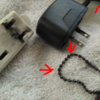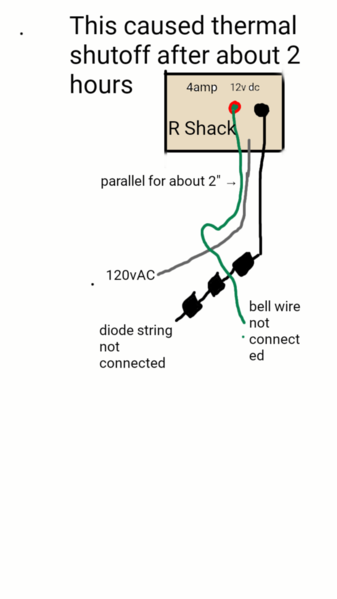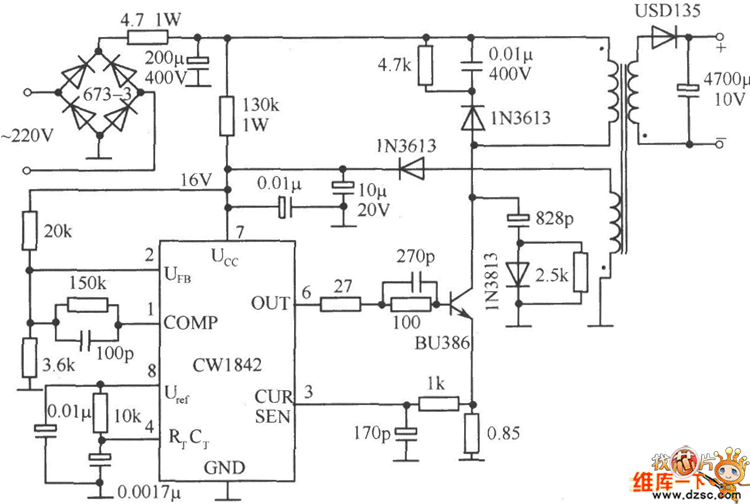I see.
Well there could have been a fire had I not SEEN what was happening, and IMO you have conveniently chosen not to address all the facts.
The big missed point being carbon along the low volt cord indicates arcing along it. That small amount of carbon matches the chains carbon. Why doesn't the amount of carbon on the plug more closely match the chain? How did the chain avoid the heaviest of the carbon deposits.
I did not rule out an unkown 110v short. I ruled out the chain. A loose wire strand from trimming, dog drool; way more probable because of what I saw and how reacted; with deliberation.
Looking into standard specs, the short length of that cord requires no shielding, though shielding wouldn't hurt it, a cheaper unshielded cord was likely used. With backfeed, that would not be enough insulation to stop a backfeed loop.
When those phones "blew up" and accelerators stuck there was plenty of nay saying too. Someone is first...and sometimes maybe the only person.
I dont think anyone here is an expert, that would mean a doctrate in electrical physics just to start. But I do have a lot of experience in electrical, electronics, and confidence in my eyes and actions.
7 years of vending, & games, including monitor repair, and deep trouble shooting some frequency and static trailing issues from communications, to high voltage application. There was industrial hvac applications for 4 years and 3 more years with low voltage mixed with high voltage on machine controls. One press avg 150 solinoids...relays at first, then solid state. I was the youngest certified theater stage technician in the country at 15 years 10months, running 440v carbon arc spotlights (note that is a 440 arc under my control, plasma shape and all) and I weld with every heliarc option out there. Sparks get my attention, they dont cause panic.
This page makes the danger clear without going too in depth; backfed voltage isn't something to play with* ...and SOME wallwarts can become a flyback.
Any experienced electrition can tell you stories of dead spots and voltage spikes without apparent explainations because of wire to wire induction. Fixing precludes finding exact causes; mostly by simply changing connection points and wire paths
A 120v wallwart has about 180v floating on the board, maybe more. That much voltage can arc easier than you may think, but not easier than I KNOW. Unsual, you bet; but something to be aware of. Cycles/frequency can play games outside of normal expectations alone and arcing eliminates predictability. The arc would most likely project from the point formed at that rounded die cut or from the disc center of the magnetic field therr, and because the field poles would be split evenly, that directional arcing you think is chain produced would occur without it right along that 180° line, and unlikely to reproduce on the other flat edges.
If I was prepared for possible high voltage feedback, from what I suspect as a flyback loop scenereo,.maybe I would play. Or a piece of wire or solder may have shorted INSIDE. But it might also be akin to that high voltage line in the old TVs, and I'm not up for an unkown flyback charge.
The most prudent thing for ME to do is not to recreate this scenero, but to fix things by moving on to a new power supply, avoid crossing wires close to possible strong electric fields, and mention it, here and to LG.... that's done.
Do what you want, but I don't think I've been accused of crying wolf since I read "phasing transformers was uneccessary worry" and whole heartedly disagreed.
Don't like it, block me.
* http://www.reliableplant.com/R...sting-safety-voltage















